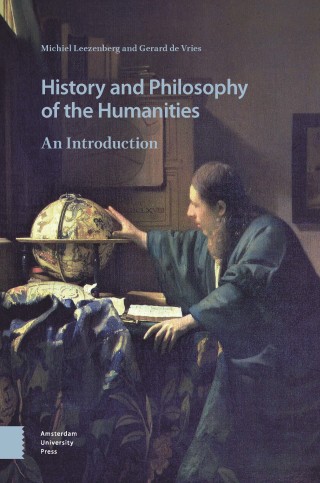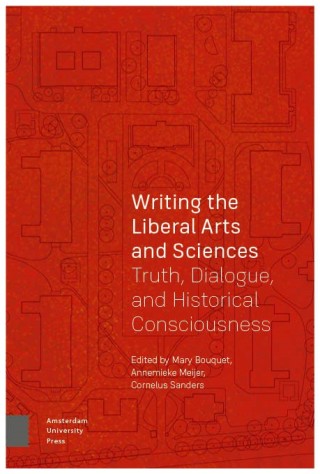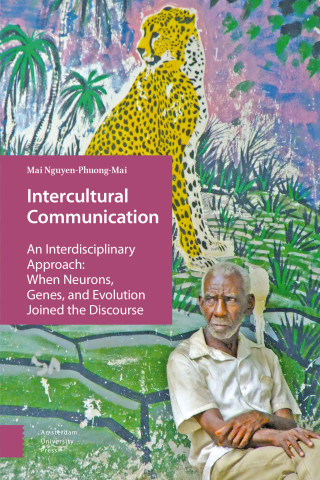

- Titel
- The Dutch Sherlock
- Subtitel
- Forty Years of Detective Work by the Famous Dutch Forensic Pioneer Co van Ledden Hulsebosch
- Redacteuren
- Maurice Aalders
- Arian van Asten
- Prijs
- € 18,99
- ISBN
- 9789048565634
- Uitvoering
- eBook ePub (Adobe DRM)
- Aantal pagina's
- 334
- Taal
- Engels
- Publicatiedatum
- 18 - 10 - 2024
- Afmetingen
- 17 x 24 cm
- Discipline
- Exacte & Natuurwetenschappen
- Voorbeeld
- Download introductie
- Ook beschikbaar als
- Paperback - € 34,99
Maurice Aalders, Arian van Asten (red.)
The Dutch Sherlock
Forty Years of Detective Work by the Famous Dutch Forensic Pioneer Co van Ledden Hulsebosch
De onderstaande tekst is niet beschikbaar in het Nederlands en wordt in het Engels weergegeven.
In the beginning of the 20th century, inspired by the Sherlock Holmes novels of Arthur Conan Doyle, scientists began to make their appearance at the crime scene. It was quickly discovered that studying the ‘silent witnesses’, crime-related physical evidence and traces, could provide a wealth of information. In many countries pioneers started to shape this new science area by formulating key principles and introducing novel methods and instrumentation. In the Netherlands, Co van Ledden Hulsebosch emerged as the first dedicated forensic scientist, and he quickly became a well-known figure. In 1945 he published his memoirs Forty Years of Detective Work, where he describes his most memorable cases and provides the reader with entertaining insights in how he was able to solve so many crimes through sound reasoning and the use of science.
Almost eighty years later, a forensic academic network in the Netherlands is celebrating its 10-year anniversary. This network, consisting of forensic scientists from Dutch universities, academic medical centers, the Dutch Police, and the Netherlands Forensic Institute, is named after this Dutch forensic legend: the Co van Ledden Hulsebosch Center (clhc). For this special occasion, clhc-affiliated scientists and experts translated the memoirs of Co van Ledden Hulsebosch with the use of modern AI tools while also providing contemporary views and insights.
Be amazed how relevant the work of Co van Ledden Hulsebosch still is for criminal investigations in the 21st century!
Almost eighty years later, a forensic academic network in the Netherlands is celebrating its 10-year anniversary. This network, consisting of forensic scientists from Dutch universities, academic medical centers, the Dutch Police, and the Netherlands Forensic Institute, is named after this Dutch forensic legend: the Co van Ledden Hulsebosch Center (clhc). For this special occasion, clhc-affiliated scientists and experts translated the memoirs of Co van Ledden Hulsebosch with the use of modern AI tools while also providing contemporary views and insights.
Be amazed how relevant the work of Co van Ledden Hulsebosch still is for criminal investigations in the 21st century!
Redacteuren
Maurice Aalders
Maurice Aalders is Professor of Forensic Biophysics at Amsterdam UMC, the Academic Medical Center of the University of Amsterdam. He is co-director (with Arian van Asten) of the Co van Ledden Hulsebosch Center. He is fellow of the Netherlands Academy of Engineering and has published over 130 peer-reviewed articles, teaches biomedical optics to physics students, and various physics topics for students in forensic science and medicine.
Arian van Asten
Arian van Asten is professor in Forensic Analytical Chemistry and On-Scene Chemical Analysis at the van ‘t Hoff Institute for Molecular Sciences (HIMS) at the University of Amsterdam (UvA) since 2018. Together with professor Maurice Aalders he leads the CLHC, the Netherlands Center for Forensic Science and Medicine. He has (co-)authored over 80 scientific publications on (forensic) analytical chemistry and wrote the academic course book Chemical Analysis for Forensic Evidence that was published in 2022.



